What will the Internet look like in 2050?
In my recent chapter for the eBook "What will the Internet look like in 2050?", I delve into the intricacies of our digital future and its connection to environmental sustainability. By 2050, I envision a seamlessly connected world where technologies are intrinsically tied to our climate response. The camaraderie displayed during the COVID-19 pandemic, as nations banded together to produce vaccines at record speeds, offers a promising blueprint for how we can unite to combat climate change.
Our goal is transparency – an ESG target that demands a clear understanding of carbon emissions based on globally recognized standards. With the evolution of data sensors, blockchain, AI, machine learning, and green tech, we can usher in this transparency, combatting greenwashing and holding entities accountable.
As the internet becomes increasingly central to our lives, it's imperative we ensure it's faster, smarter, safer, and more resilient. I anticipate 6G networks, promising speeds a thousand times faster than 5G, will underpin this digital landscape. But with great power comes great responsibility. We must address the sustainability challenges such technology poses, particularly regarding energy consumption.
In 2050, I hope to see a substantial shift in our energy mix. Renewables should reign supreme, complemented by nuclear and hydrogen solutions. The transition is underway, but infrastructure investments and a collective drive are essential to fully harnessing the power of renewables.
Reflecting on 2023, we're on the cusp of significant change. As extreme weather becomes the norm, the urgency to prioritize sustainability intensifies. I'm hopeful that by 2050, we'll remember today as the pivotal moment when we committed to a cleaner, interconnected world.
Read the full chapter here.


